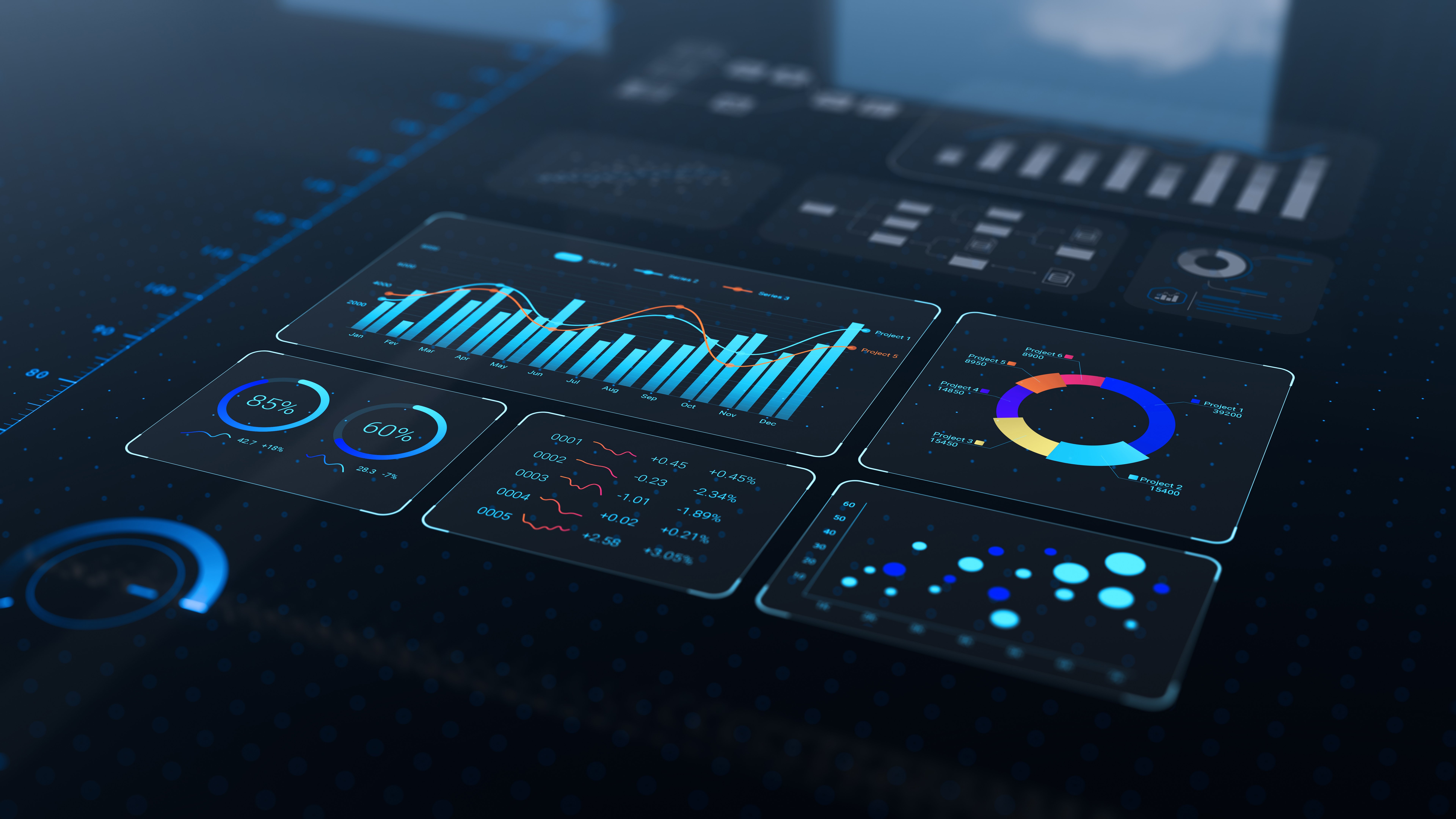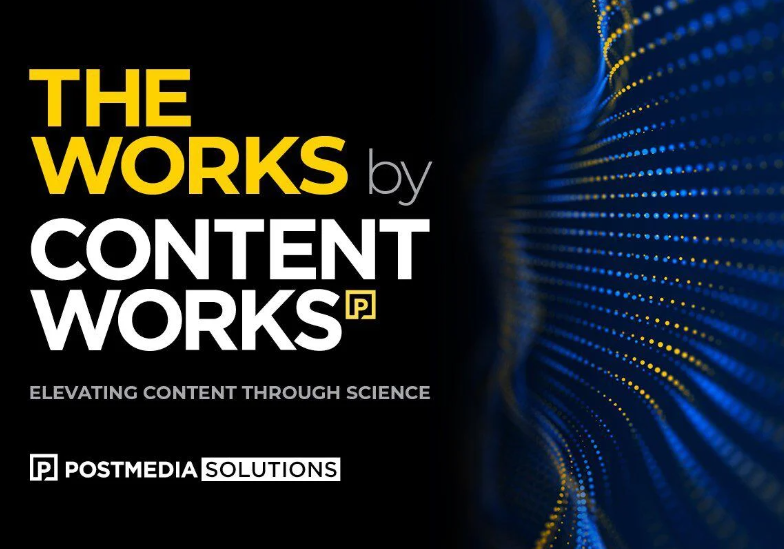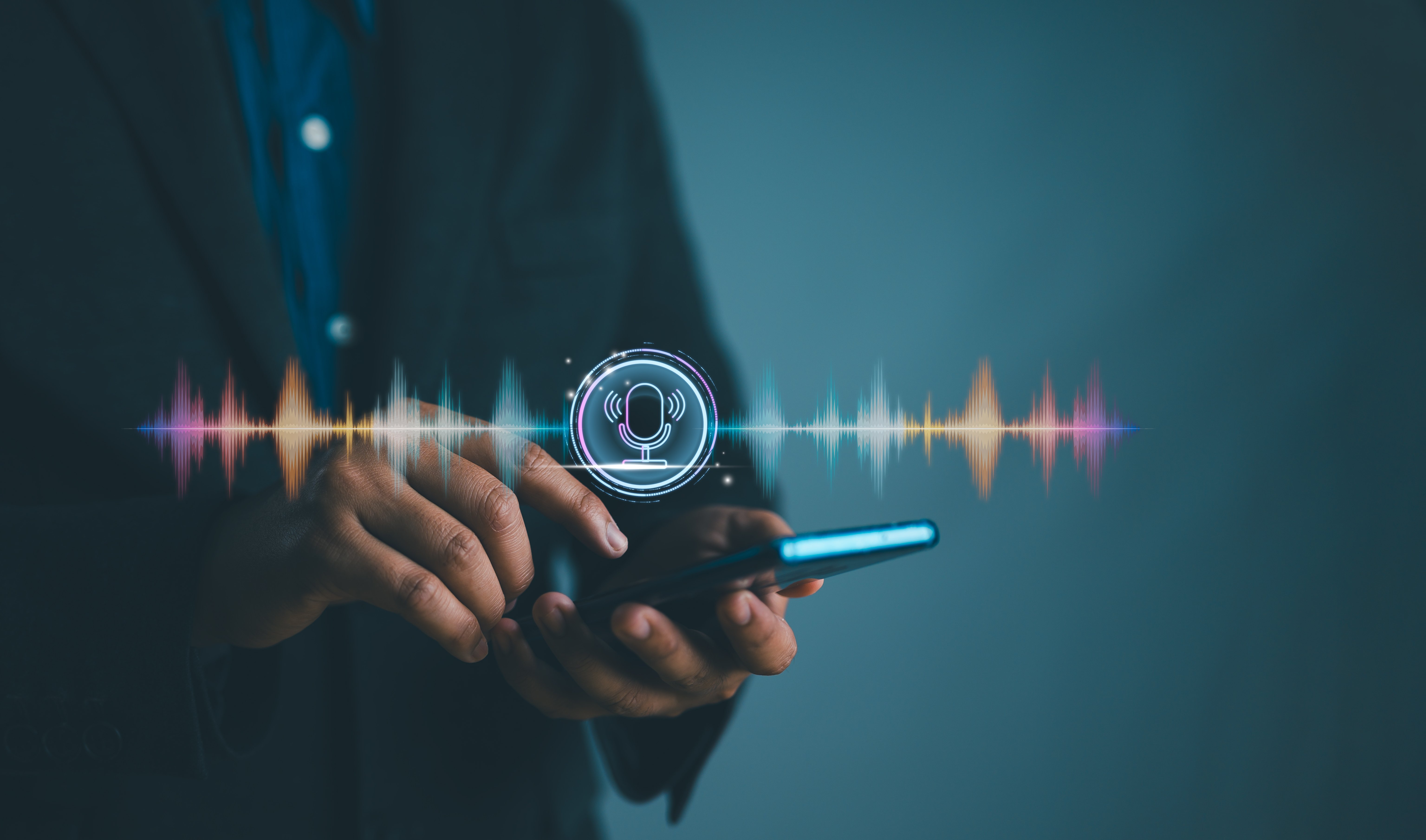Digital audio advertising is on the rise as consumers embrace podcasts, audiobooks and streaming platforms. Digital audio advertising represents a unique opportunity for brands to reach audiences while they’re doing something they enjoy – and to build deep connections.
Traditional advertising, like television and print ads, is losing its effectiveness as audiences shift to digital platforms, leaving advertisers struggling to find new ways to engage their target audience. With the rise of podcasts, music streaming platforms and audiobooks, digital audio advertising is emerging as a unique opportunity for brands to connect with their audiences in a meaningful and memorable ways.
Research shows that audio ads capture 50 per cent more audience attention per impression than other media – a stat that is not lost on leading media planners. According to the Interactive Advertising Bureau (IAB), digital audio advertising revenue in the U.S. grew by a record 18.9 per cent in 2023, exceeding US$7 billion. Digital audio advertising grew faster than video, retail media, search and display advertising.
Analysts expect digital audio content and advertising to continue to grow as consumers demand more programming they can enjoy on-demand and while doing other tasks.
To this point, there have been few options in terms of ad formats and programming, and limited ability for advertisers to measure audio ads. This is changing as the future of digital audio ads comes into focus.
What is digital audio advertising
Digital audio advertising is advertising found on all forms of digital audio media, which include digital radio, music streaming platforms, podcasts, audiobooks and apps. These ads allow brands to engage audiences in a personal and immersive way. And unlike visual or text-based ads, they are able to connect with listeners when other media can’t. The growth of digital audio content has paved the way for audio search engines and audio SEO, which are further accelerating digital audio advertising as a top tool for brands to reach their target audience in an emotional, relevant way.
Fast fact: Research shows digital audio ads lead to better average brand recall: 41 per cent of people who listen to an audio ad are likely to remember it, compared to 38 per cent of people who view a visual ad.
Why digital audio ads should be part of your media plan
- Consumers are spending more time listening to digital audio and less time watching television. Soon audio could surpass traditional media as the key channel to reach and engage audiences. Research from SiriusXM shows that over the past decade, consumer listening time has soared 183 per cent while time watching television has dropped by 43 per cent. The same report reveals that consumers trust audio advertising more than any other type of advertising.
- Digital audio ads work harder and provide a higher return on investment than traditional media and other digital advertising formats, according to podcast solutions provider Acast. This is especially true for podcast advertising, which can deliver 9 times higher ROI and is 34 per cent more cost effective in driving brand awareness and delivering short-term return on ad spending.
- Programmatic digital audio ads improve targeting and help ensure your ads reach the right listeners at the right time.
- Digital audio ads can easily integrate with and enhance a multi-channel, cross-platform marketing strategy, improving brand awareness and increasing purchase intent.
Key trends shaping the future of digital audio advertising
The rise of programmatic advertising
The automated buying, selling and fulfillment of ads (or programmatic advertising) is a key component of display advertising, and it’s now taking hold in digital audio advertising. Digital audio ads are being seamlessly fit into podcasts, streamed music and digital radio, bringing several key benefits:
- enhanced targeting (Brands can segment audiences by demographics, location, interests and purchase history.)
- context-aware, personalized messaging via dynamic creative optimization
- data-driven insights
- improved effectiveness
The emergence of interactive audio advertising
As the use of smart speakers continues to grow, more advertisers are leveraging AI-based personalization and voice recognition technologies to create voice ads that encourage listeners to respond in real time. This ability to interact in the moment is driving engagement and performance. It’s also improving advertisers’ ability to accurately measure these interactions and their impact.
The use of immersive soundscapes
Advanced spatial audio technologies provide brands the ability to create 3D audio experiences, bringing a new level of immersion and realism in both physical and virtual environments. These auditory experiences go well beyond traditional stereo or surround sound, boosting brand recall, emotional connection and overall impact.
New podcasting formats
Live shows, serialized content and interactive stories are creating new opportunities for podcast listeners and brands to engage.
AI-generated digital audio ads
It’s hard to talk about the future of digital audio advertising – or advertising generally – without exploring all the ways artificial intelligence (AI) is revolutionizing marketing. For example, digital radio is tapping into AI-powered algorithms to deliver highly personalized experiences for listeners, while advertisers are using AI to create voice-overs, music and scripts, making ad production faster, cheaper and more personalized.
Digital audio ads are reinforcing multichannel marketing campaigns
As more advertisers embrace digital audio advertising, they are synchronizing these ads with other channels and formats to increase the number of times consumers receive a message. This boosts engagement and improves the effectiveness of multichannel marketing campaigns.
Advanced metrics and analytics
Sophisticated analytics platforms, such as Spotify Ads Manager and Google Analytics, and tools, such as audio pixels and floodlights, can help brands track conversions and the effectiveness of campaigns. They provide deeper insights into listener behaviour.
Critical metrics to track include:
- impressions
- listen-through-rate
- website visits/clicks
- engagement (time spent on page, etc.)
- conversions
- ROI
Stricter data regulations to protect privacy
The rise of digital audio ads will bring new rules for data collection, targeting and transparency to protect listener privacy.
Stand out with digital audio advertising
One thing is clear: digital audio advertising can help brands stand out. Embracing the trends discussed here can help improve targeting, engagement, ROI and competitiveness. The time to leverage the power of digital audio is now, as its popularity continues to rise and it is still a largely untapped tool. According to research from Sirius XM, just nine per cent of ad spending goes to digital audio, even though consumers spend 31 per cent of their time listening to podcasts, digital radio and streaming music.
With so little competition, there is a lot of opportunity to collaborate with high-value partners to build awareness for your brand in the growing world of digital audio. Postmedia’s partners benefit from our network of more than 130 media brands, our monthly audience of 12.4 million Canadians, and our extensive digital capabilities to produce and manage effective digital audio campaigns from start to finish.
What are you waiting for?





